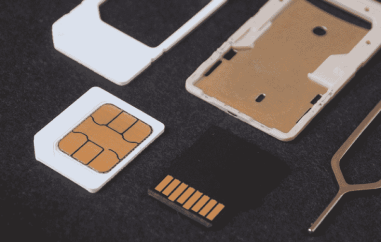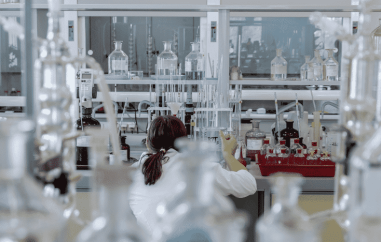Editorial: From the macro to the micro
Science is an offshoot of human curiosity that knows no bounds.
We try and cover stories in Science and Health sections of TME and bring you wide ranging discoveries.
This editorial seeks to summarize some of the articles we have published in the previous month.
With a talented team of science writers, we hope to keep bringing you the most exciting news in science.
Now, humans have always been curious as to what is going on in the universe.
In 2012, amateur stargazers made a sighting of an enigmatic plume around the Red Planet that bewildered astronomers worldwide.
But it was not until February of this year, when a team of researchers from Spain provided a plausible 'scientific' explanation for this phenomenon, as reported by Karl Weinand.
The study indicates that these plumes could be related to Martian Auroras.
But the European Space Agency, anticipates gaining better intuition regarding the origin of the plumes, with the arrival of its ExoMars Trace Gas Orbiter at Mars, scheduled to launch next year.
Who knows, in future, these studies might lead to a person siting on Mars and viewing these plumes rather than from afar on Earth!
While Satellites have been extensively used to study the universe, we also use them to study our daily lives.
Can you imagine tracking parasites using satellites?!
Jennie Walters explored the usage of satellite data in tracking malarial outbreak in the Solomon Islands- Clearly, this shows the versatility of satellite data usage from Mars to Malaria!
Talking about pandemics, check out the article by our newest science writer Lois-May Young where she reported about a novel solution developed by scientists from Singapore, to prevent deaths from influenza.
If successful, it may be released as a drug, but could be a long wait.
In one of the most exciting stories in stem-cell research, Rebekah Kells talked about how transplanting stem cells into a skull of a rat that has undergone chemotherapy could potentially alleviate the damaging effects of "chemobrain".
It seems a clinical trial using stem cells is within reach and providing much needed respite from the damaging side effects of chemotherapy.
Last but not the least- Dominika Lucas reported about the new state of the art, pioneering technology of "soft robots" called microgrippers that could be potentially used in the surgery room or to perform biopsies.
Studies in the recent past, have also made use of "surgical robots" to treat tumors in the head and neck with minimal invasion that was considered almost impossible in the past!
This is arguably one of the best examples of interdisciplinary research with advances in material sciences engineering that could immensely assist doctors in providing better quality of healthcare.
Keep an eye on this section for more news this month from the intriguing world of Science, Technology and Health.
Happy reading!
Image credit: www.educationshanghai.com



































